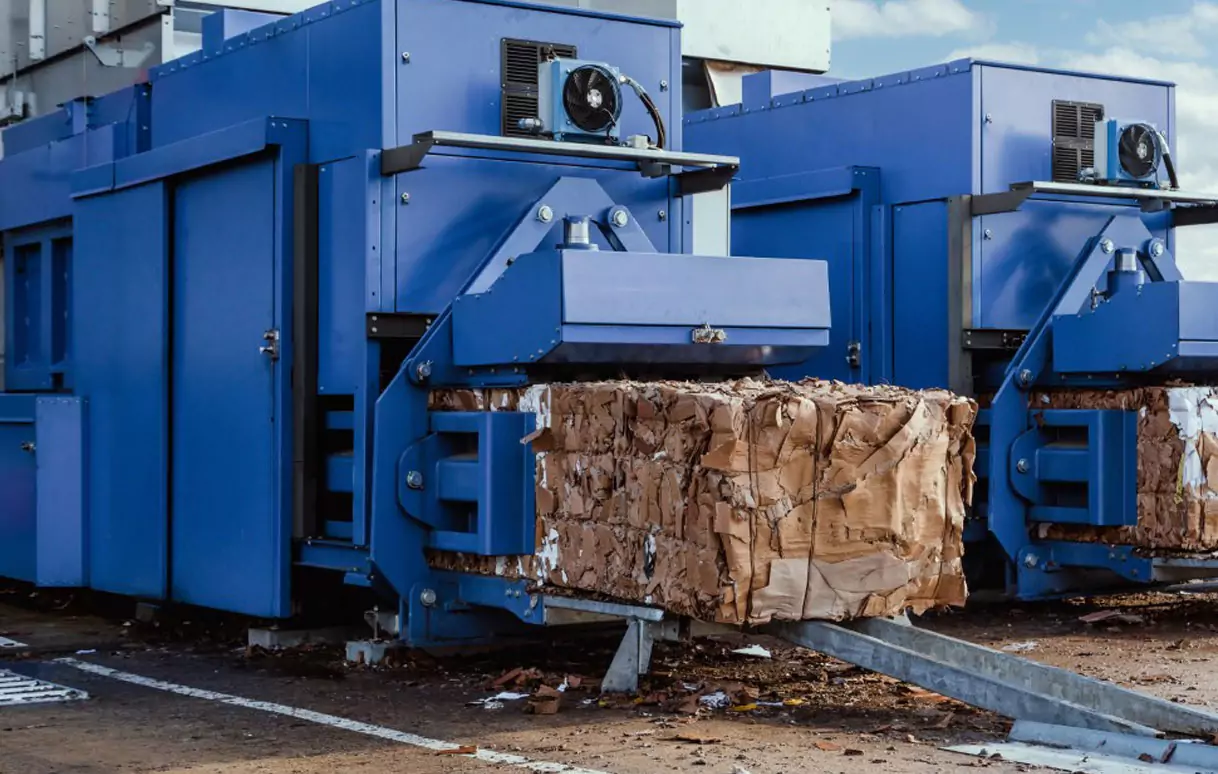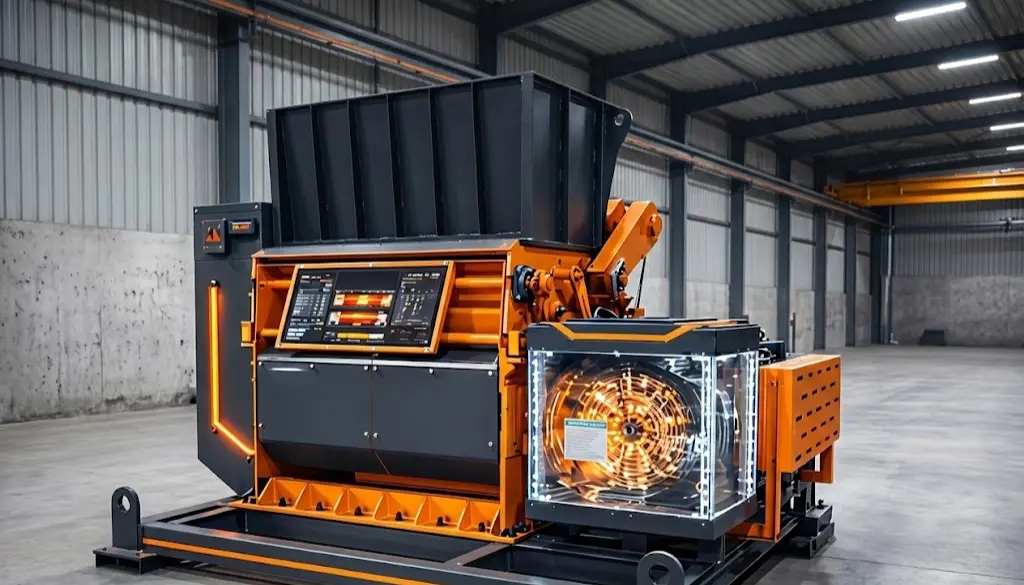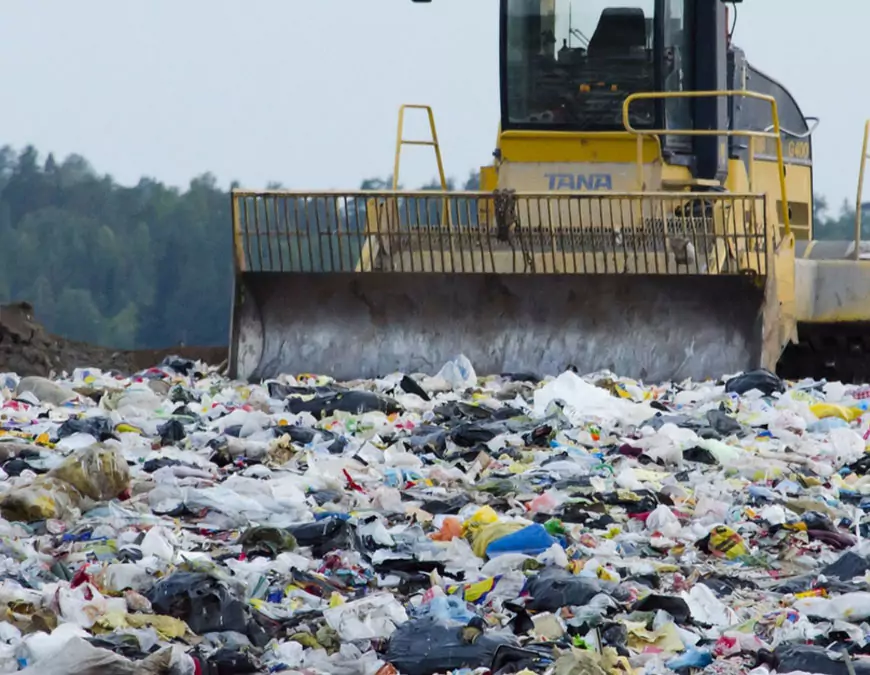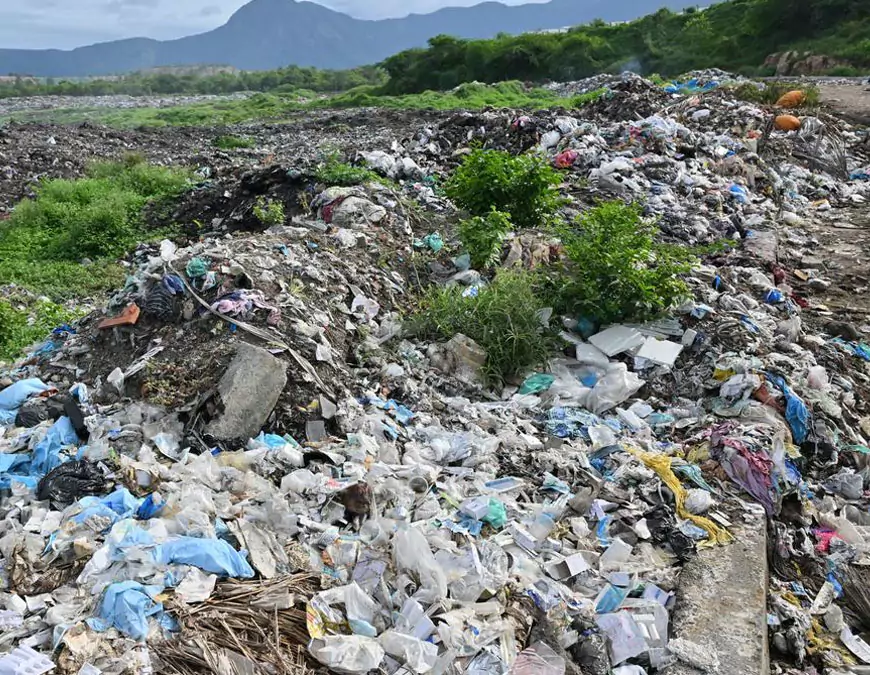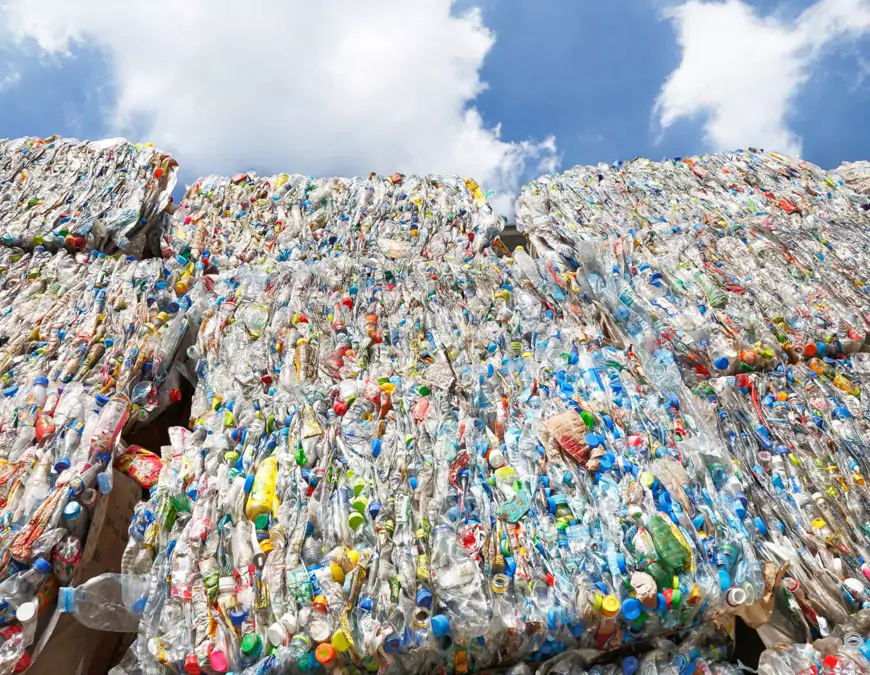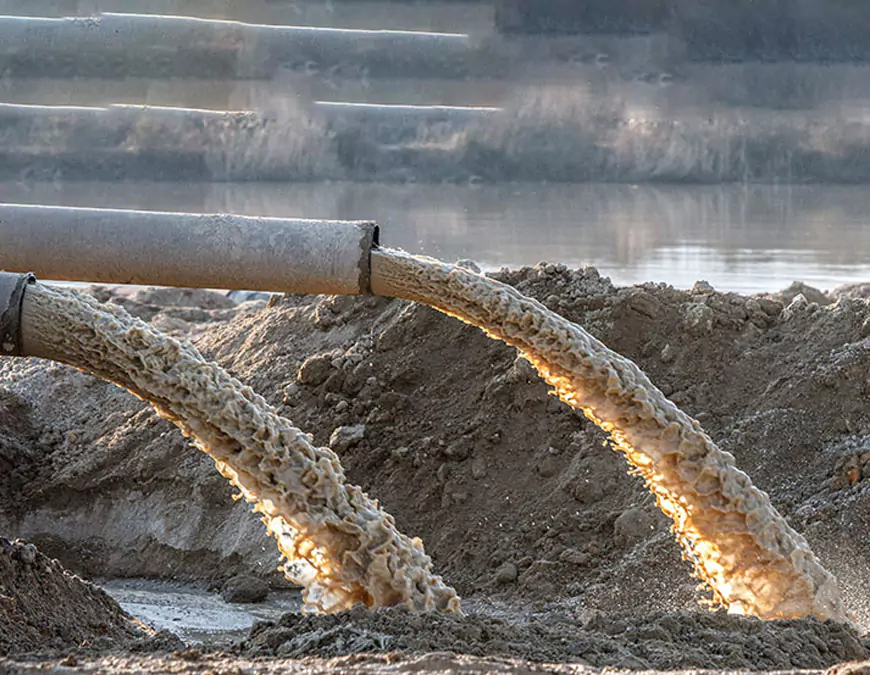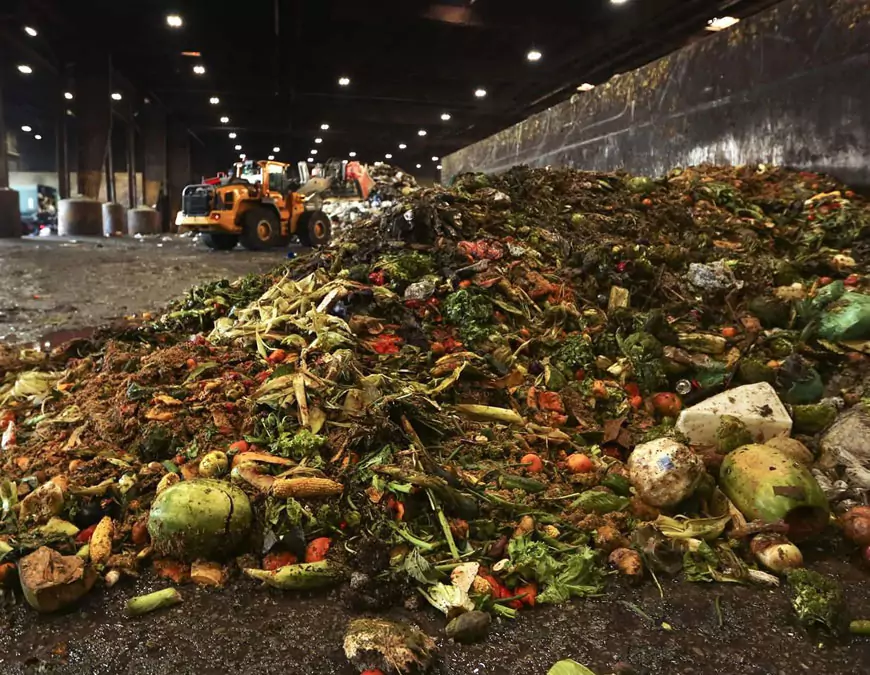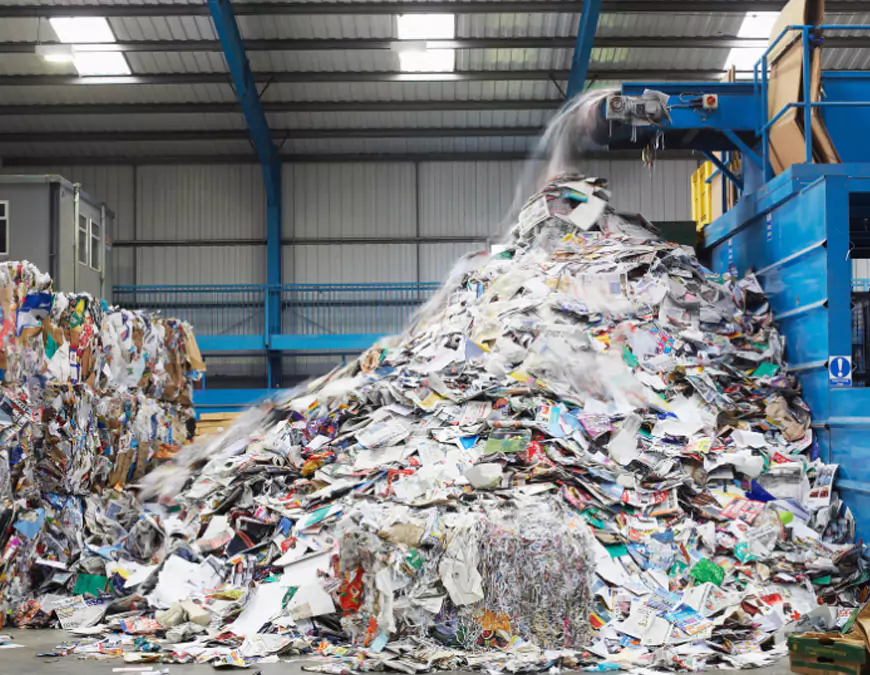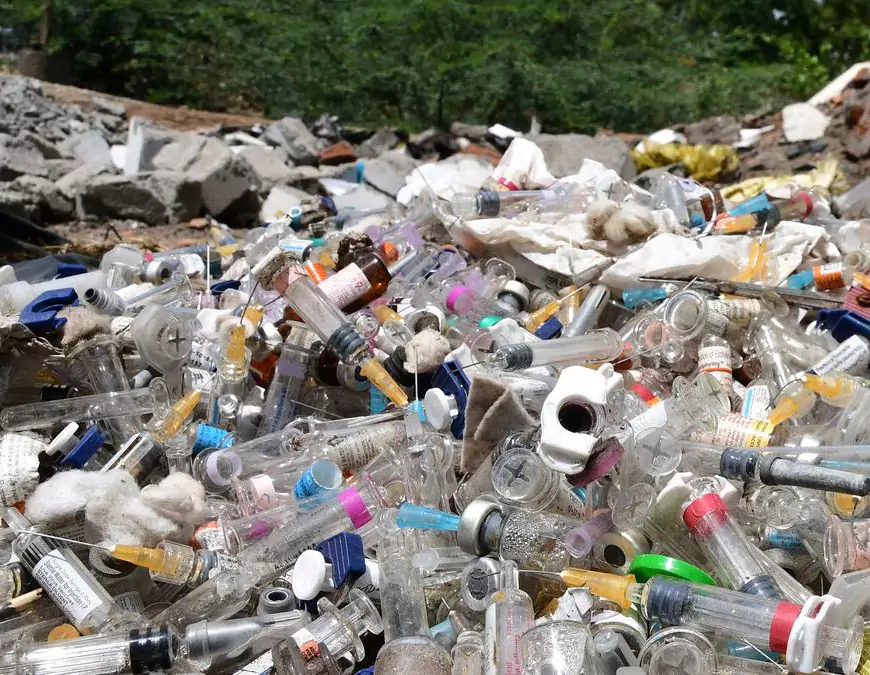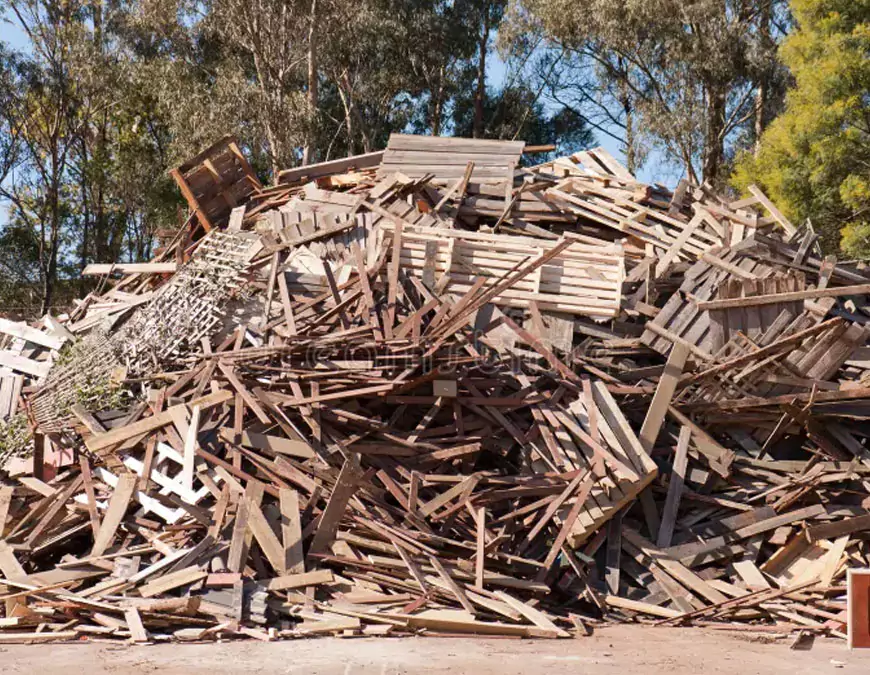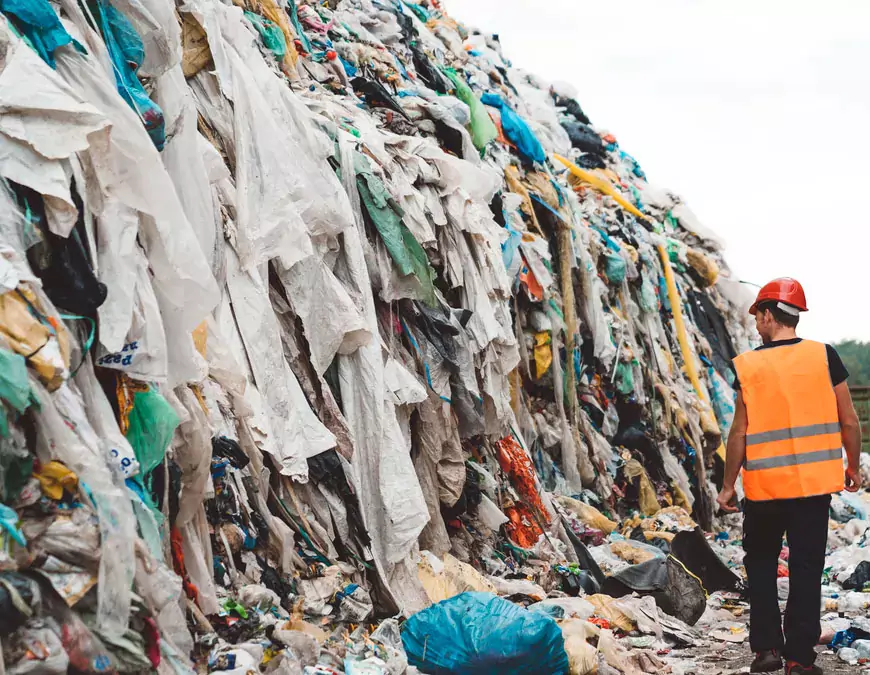Types of Cardboard Waste
- Corrugated Cardboard: The most common type of cardboard used for shipping boxes, packaging, and storage. It is made of three layers: an inner layer, a middle layer, and an outer layer, which provides strength and durability.
- Cardboard Boxes: Used in retail packaging, e-commerce shipping, and moving, these boxes are often discarded after use.
- Packaging Material: Includes cardboard used for protecting products, such as in food packaging or electronics.
- Single-Face Cardboard: Thin cardboard often used for lightweight packaging and cushioning.
Importance of Cardboard Waste Management
- Resource Conservation: Recycling cardboard reduces the need for virgin wood pulp, preserving natural resources and preventing deforestation.
- Energy Efficiency: Recycling cardboard consumes less energy compared to producing new cardboard from raw materials, reducing carbon emissions and promoting sustainability.
- Waste Reduction: Proper management of cardboard waste prevents it from entering landfills, where it would take up valuable space and contribute to landfill overflow.
- Cost Savings: Efficient cardboard recycling helps reduce disposal costs for businesses, as they can minimize waste and sometimes even earn revenue by selling recyclable cardboard.
- Environmental Protection: Cardboard recycling reduces environmental pollution by diverting waste from landfills and lowering the overall impact of packaging on the environment.
Key Components of Cardboard Waste Management
Shredding and Size Reduction
Shredding is the process used to reduce large cardboard pieces into smaller sizes for easier handling and recycling.
Our Solutions to Manage Cardboard Waste
At Alfa Therm Limited, we provide a range of advanced equipment and solutions for managing cardboard waste, ensuring that valuable materials are recycled efficiently and sustainably:
Benefits of Effective Cardboard Waste Management
- Resource Conservation: Recycling cardboard reduces the need for raw materials, particularly wood pulp, conserving natural resources and promoting sustainable sourcing practices.
- Energy Savings: Recycling cardboard consumes less energy than producing new cardboard from virgin materials, reducing energy consumption and lowering greenhouse gas emissions.
- Waste Reduction: Recycling cardboard helps divert waste from landfills, reducing landfill overcapacity and contributing to overall waste minimization efforts.
- Cost Efficiency: Effective cardboard waste management helps businesses reduce disposal costs and even earn revenue from recyclable cardboard. It also supports operational efficiency by improving waste segregation.
- Sustainability and Circular Economy: Recycling cardboard contributes to the circular economy by keeping valuable materials in use and reducing the need for new raw material extraction.
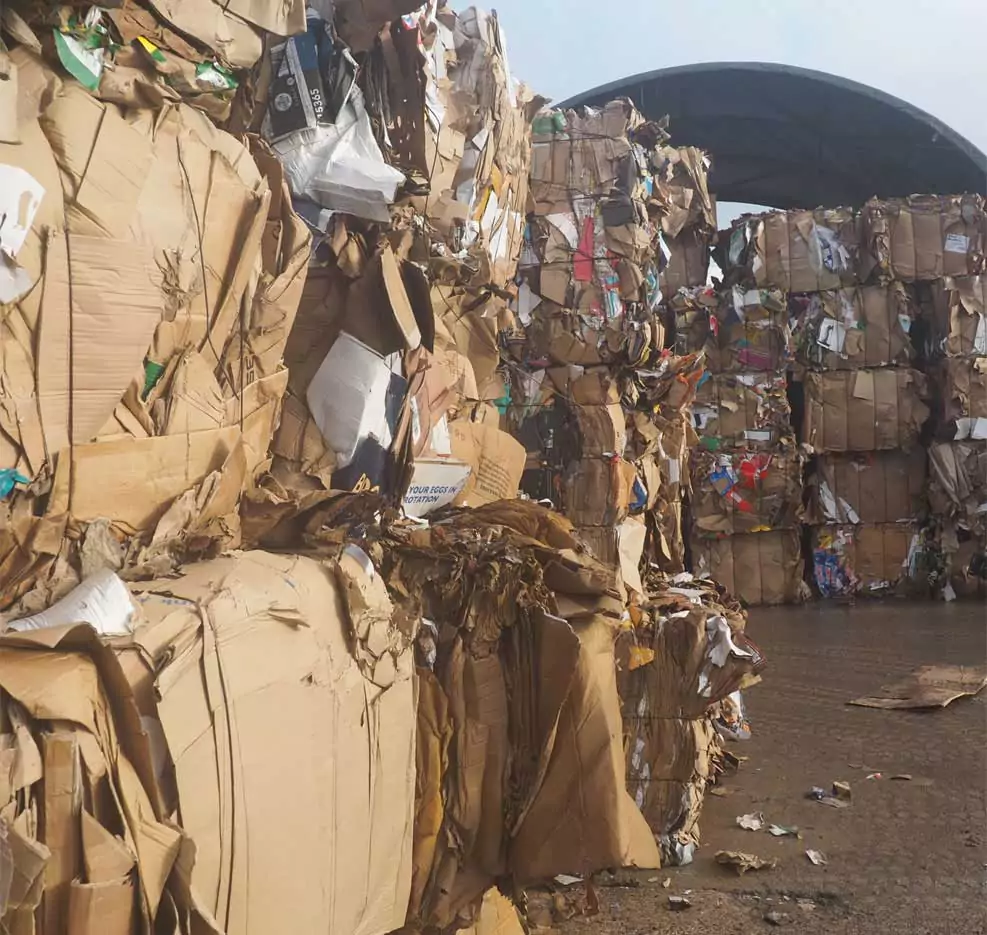
Discover other Waste
Struggling with Waste Management challenges?



